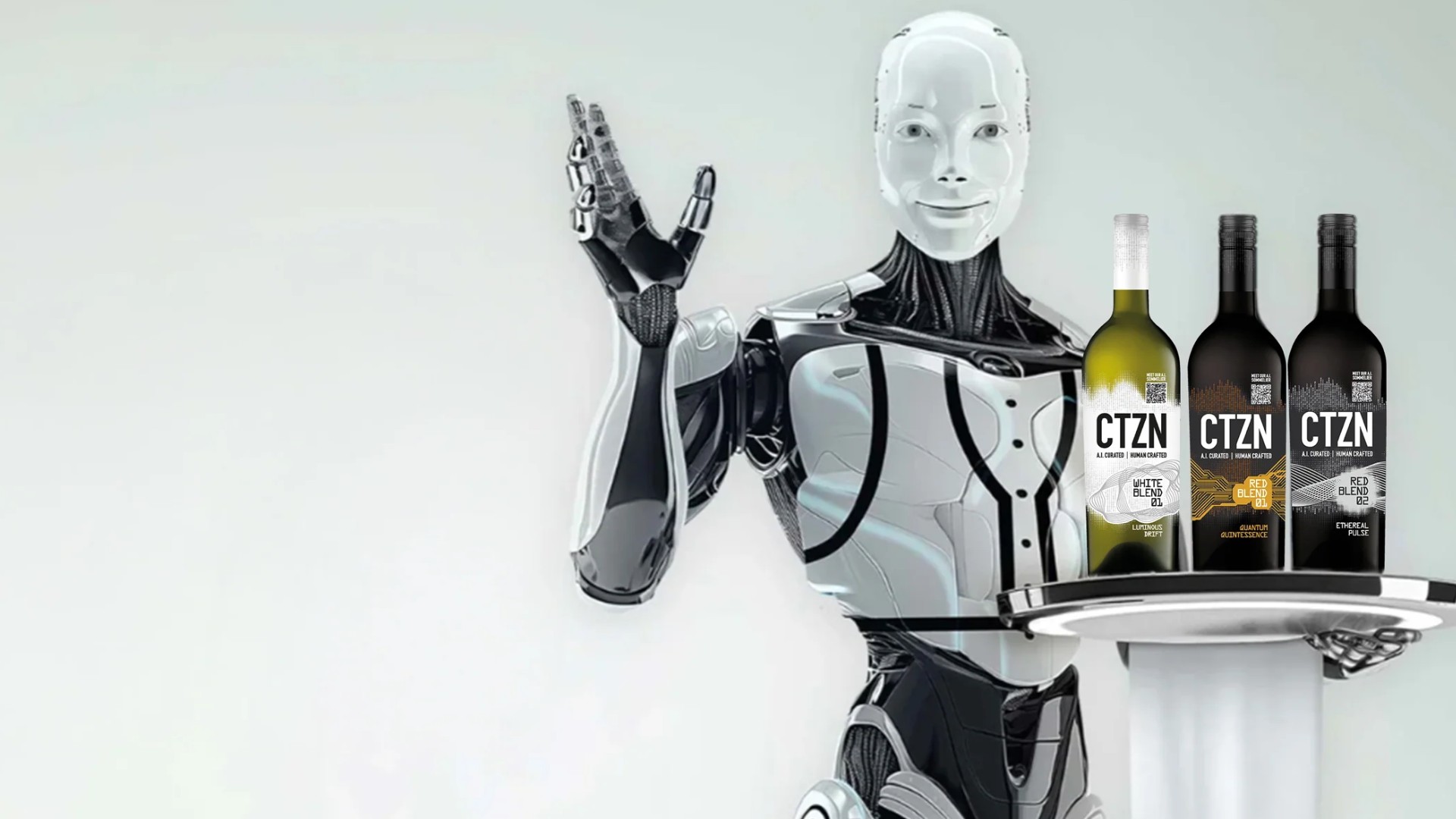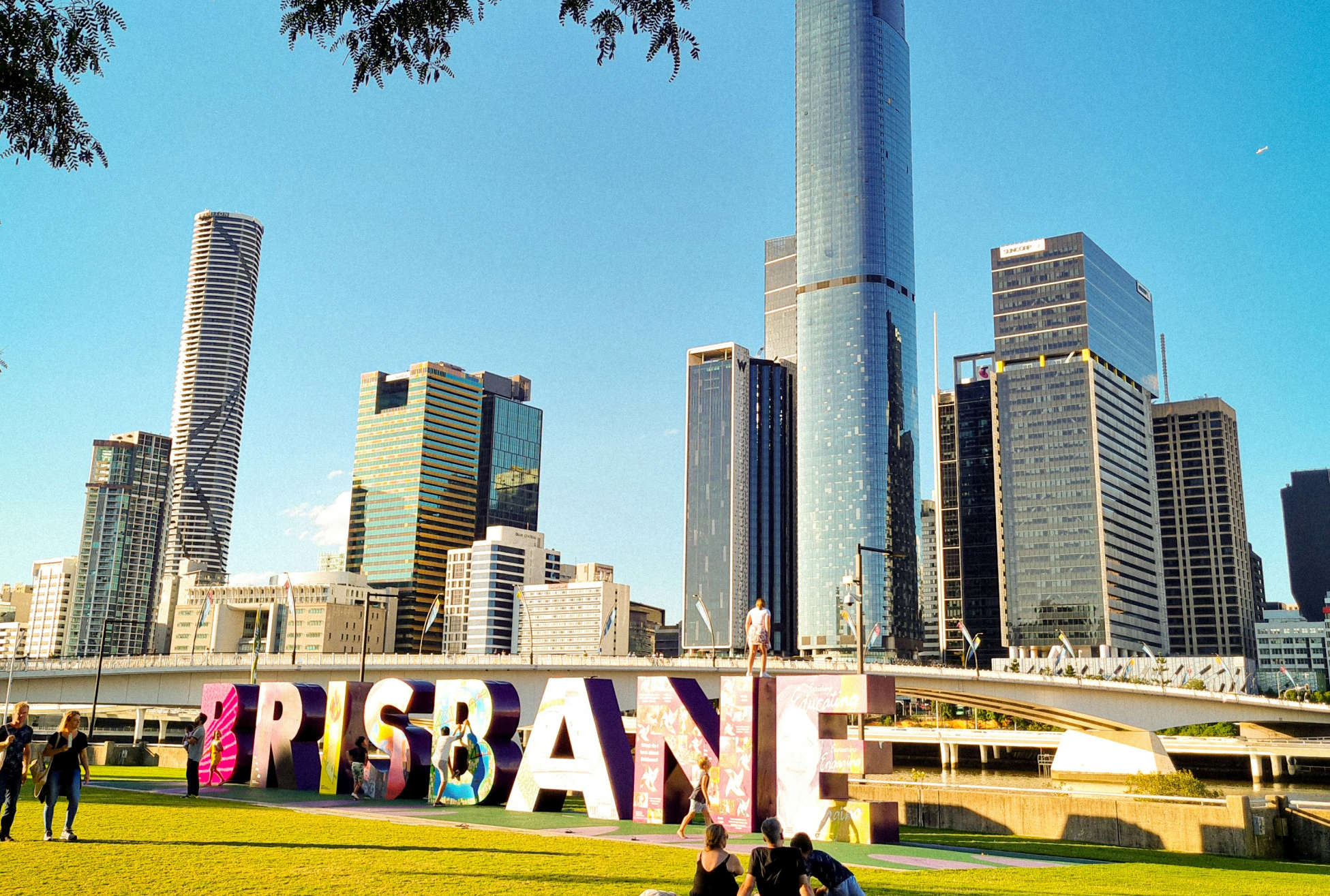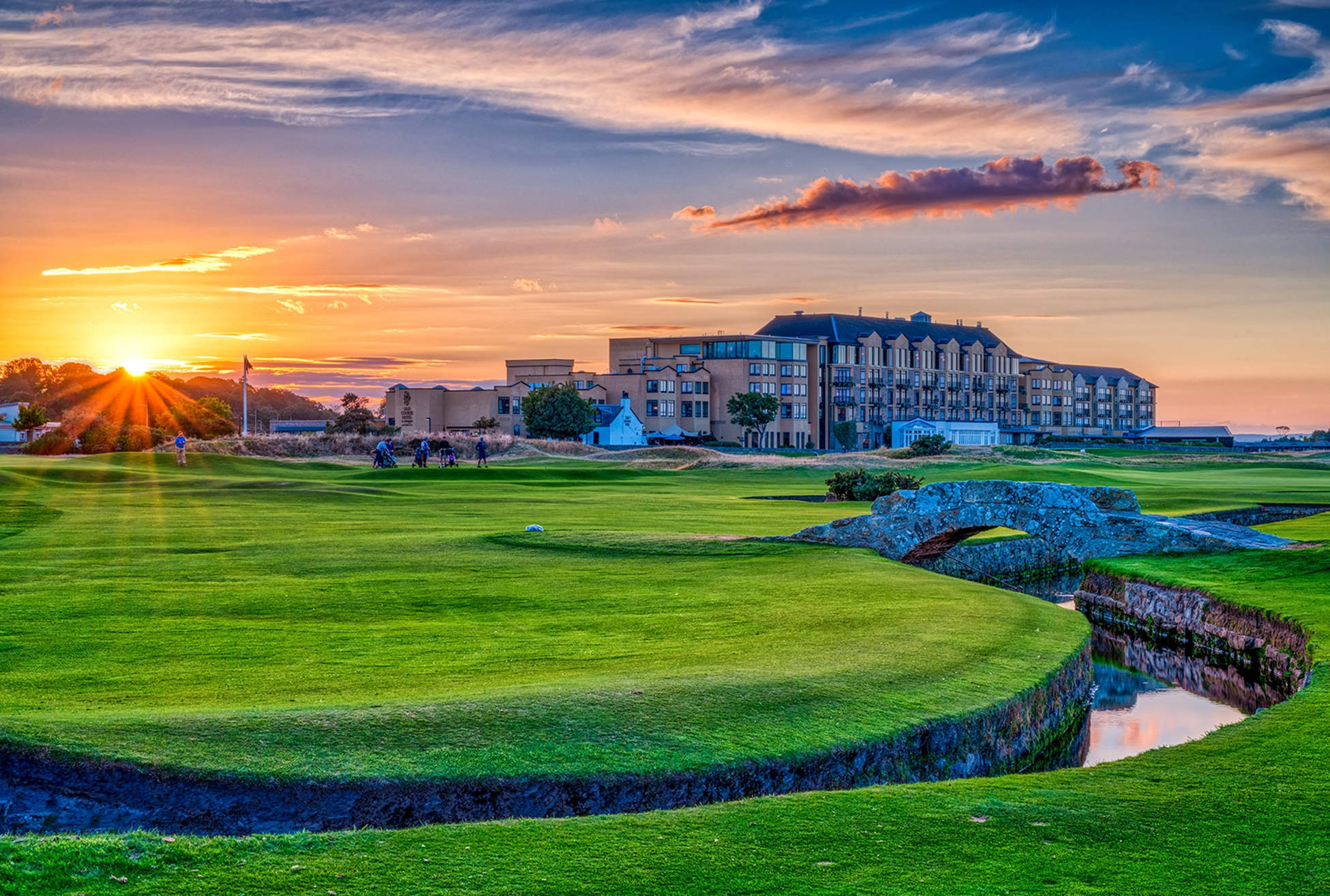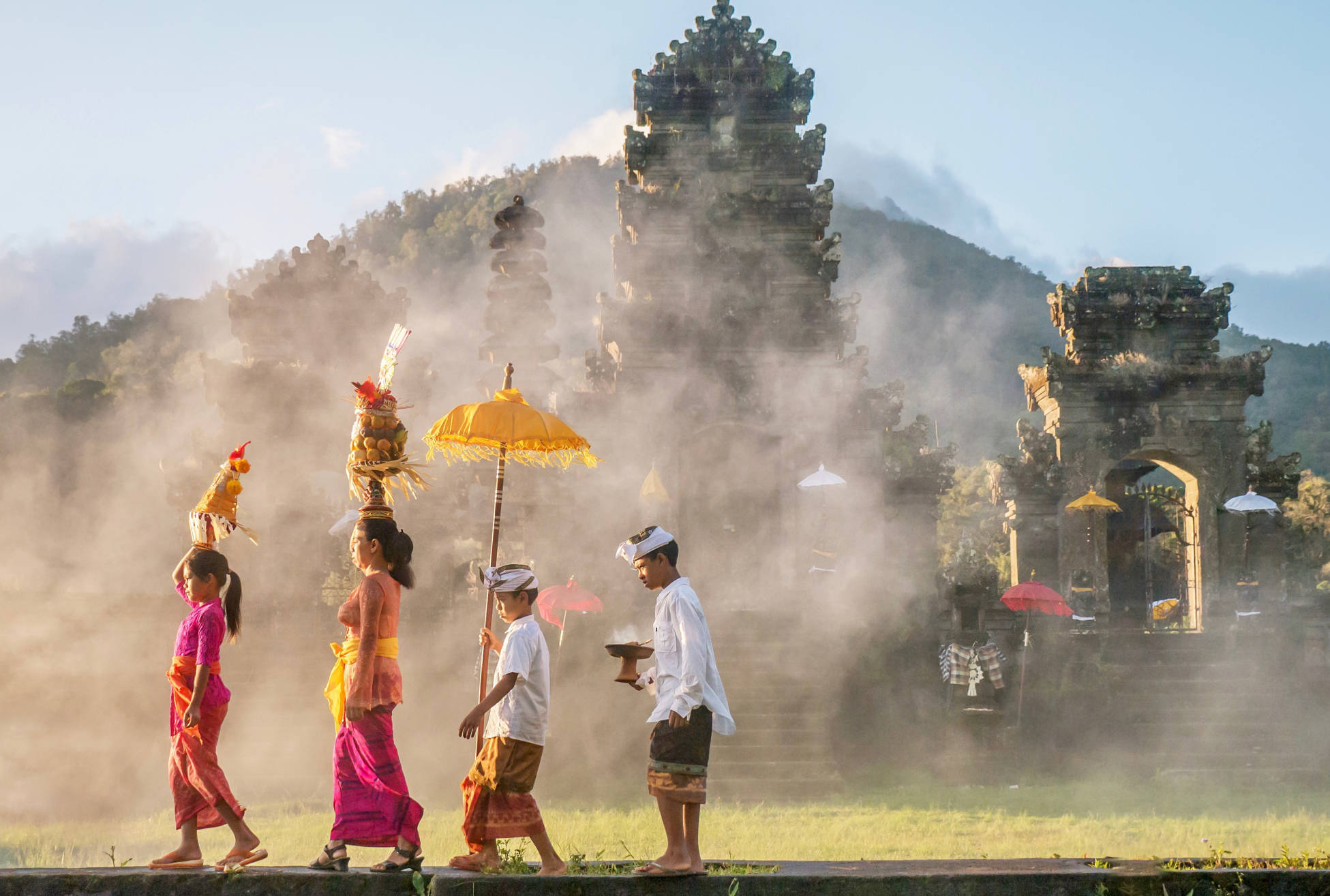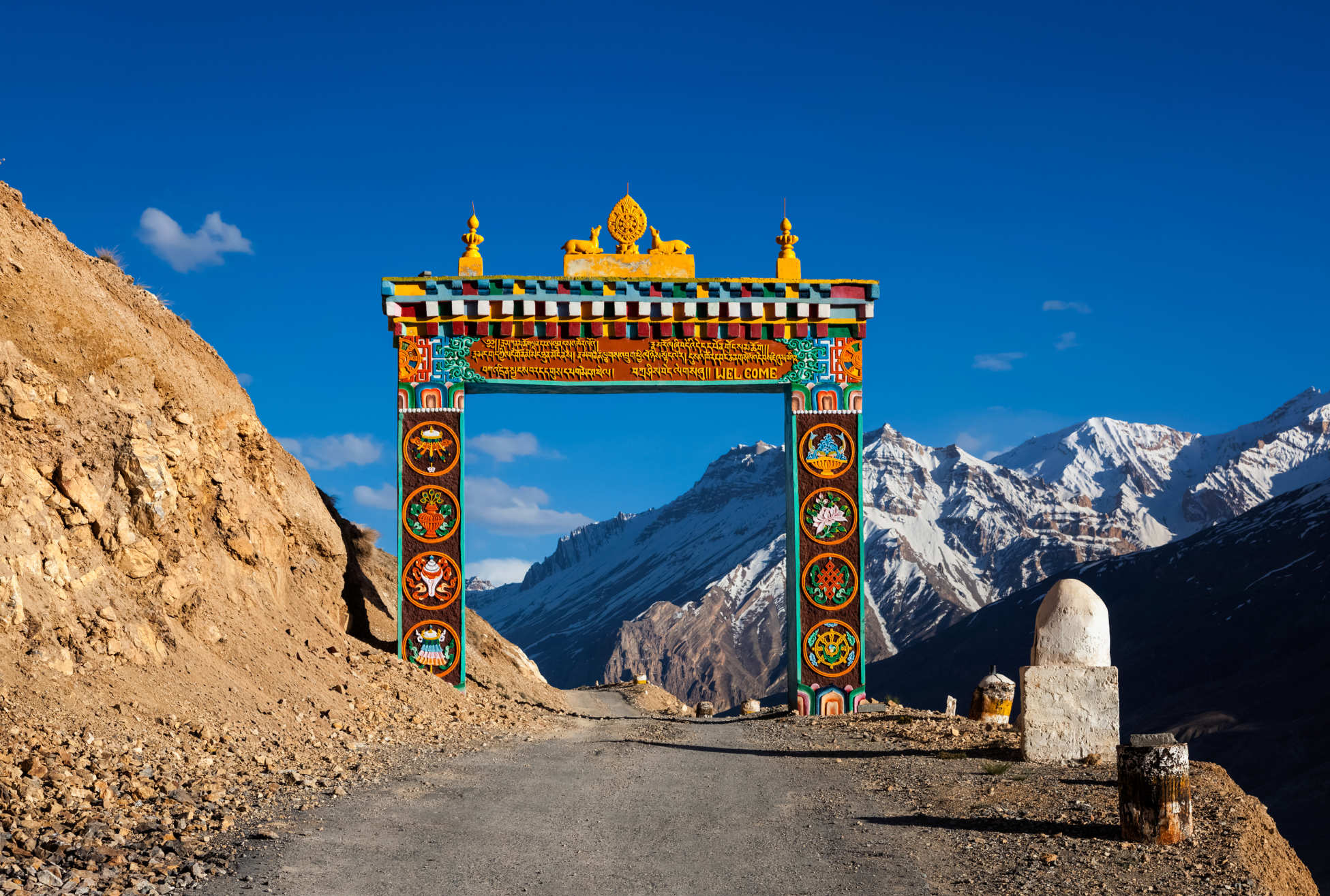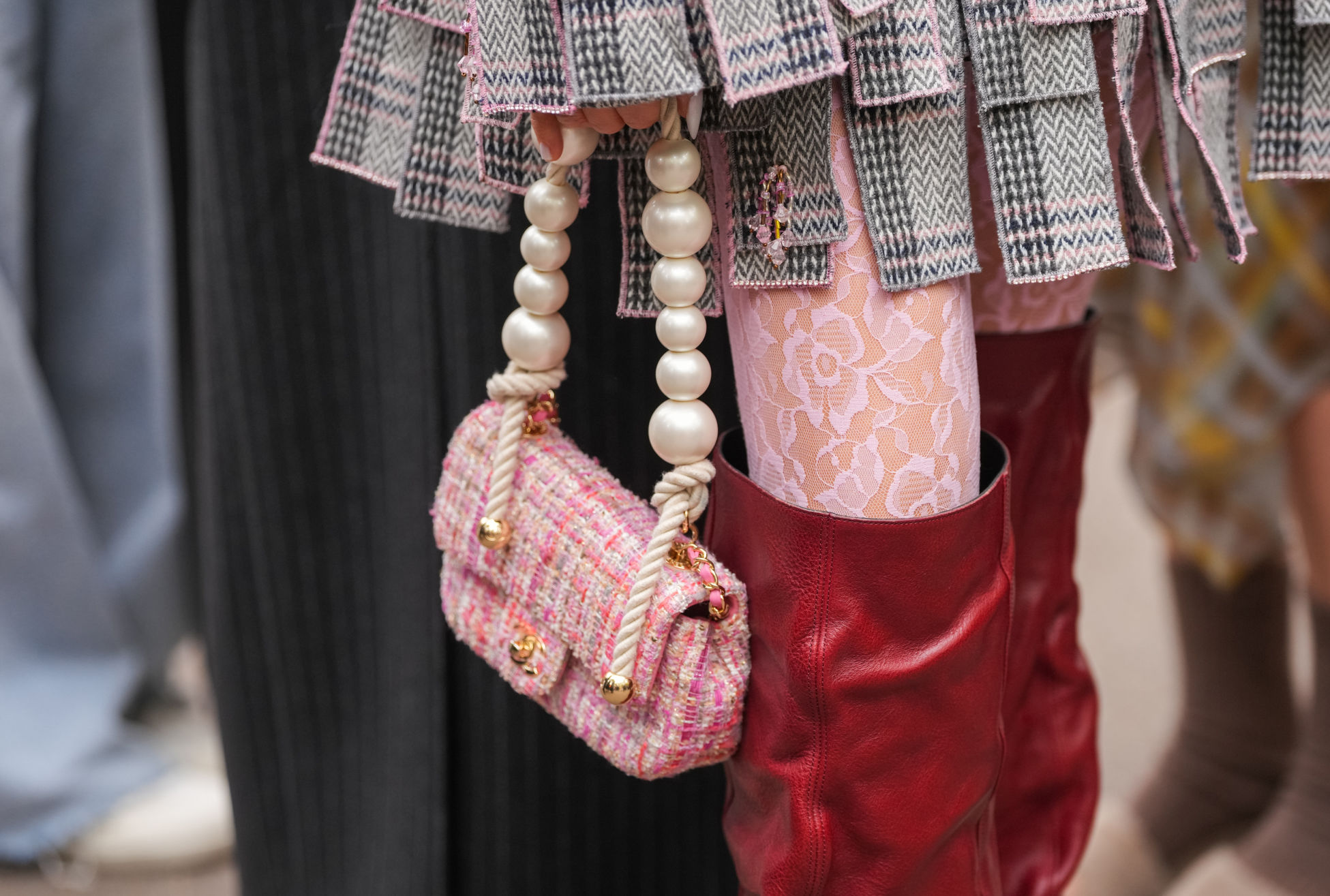In vineyards from the Barossa to Bordeaux, artificial intelligence is becoming an unassuming new field hand – not replacing tradition, but sharpening the decisions that sustain it. Growers are deploying AI platforms that analyse soil-moisture readings, canopy temperature, satellite imagery and shifting weather patterns, turning raw data into valuable insight. Instead of reacting to problems after they break cover, winemakers now receive early warnings about water stress, disease pressure and ideal harvest windows.
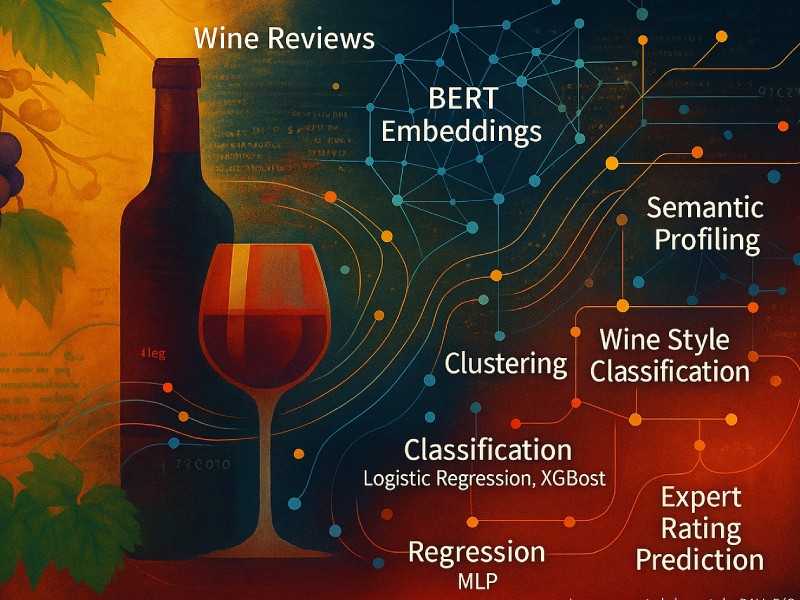

As climate unpredictability grows, these tools offer something invaluable: clarity. Machine-learning models can forecast mildew outbreaks before a single leaf curls; fermentation algorithms track temperature fluctuations in real time, reducing spoilage and energy use; vineyard-mapping systems pinpoint exactly where intervention is needed — and where nature should simply be left alone.
The result is a quieter, more precise form of stewardship, one that supports sustainability as much as the quality of the grapes and the wine itself. But the soul of winemaking still resides in human intuition: the grower who tastes the wind, reads the vines, senses ripeness that no algorithm can grasp. AI may guide the process – but it’s passion and experience that continue to define the wine itself.

